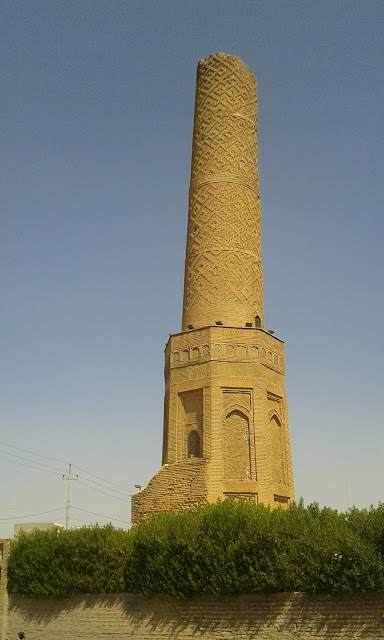PJ IS AWAY
Wednesday, October 14, 2015
Monday, October 12, 2015
Tea time
 Right below the citadel is this lovely chixana (tea house). I like to think that in some form or another people have been sitting here for 9000 years drinking tea and talking rubbish.
Right below the citadel is this lovely chixana (tea house). I like to think that in some form or another people have been sitting here for 9000 years drinking tea and talking rubbish.Women sit inside and men sit out in the street. While no one would object or cause a fuss if women sat outside, they would not be considered 'respectable'.
Friday, October 9, 2015
Klash
Kurdistan has never been wealthy so most crafts are limited to practical everyday objects rather than any type of 'high art'. Even these crafts are today rather marginal as most production ground to halt after the destruction of Kurdish villages during the Anfal campaigns and few have been revived.
One craft that still remains very popular is the traditional Kurdish shoes or klash. Still handmade in the Hawrami region in the southeast of Iraqi Kurdish, klash are made entirely from scratch. The base of the shoe consists of thin strips of rubber tightly drawn together from which the sole is then cut and covered in cloth. This is held together by a piece of leather which is then cut when first worn. The pieces that hold the leather are supposed to be made from dried bull penis, and although everyone tells me the same story, I am not convinced. The uppers are all hand stitched from string much like macrame but much finer. There is no left and right and they don't do well in wet weather.
These men in the bazaar are repairing klash, whitening the uppers and recovering the soles.
Of course next to the klash repairs are men selling traditional clothing.

One craft that still remains very popular is the traditional Kurdish shoes or klash. Still handmade in the Hawrami region in the southeast of Iraqi Kurdish, klash are made entirely from scratch. The base of the shoe consists of thin strips of rubber tightly drawn together from which the sole is then cut and covered in cloth. This is held together by a piece of leather which is then cut when first worn. The pieces that hold the leather are supposed to be made from dried bull penis, and although everyone tells me the same story, I am not convinced. The uppers are all hand stitched from string much like macrame but much finer. There is no left and right and they don't do well in wet weather.
These men in the bazaar are repairing klash, whitening the uppers and recovering the soles.
Of course next to the klash repairs are men selling traditional clothing.

Subscribe to:
Comments (Atom)






















